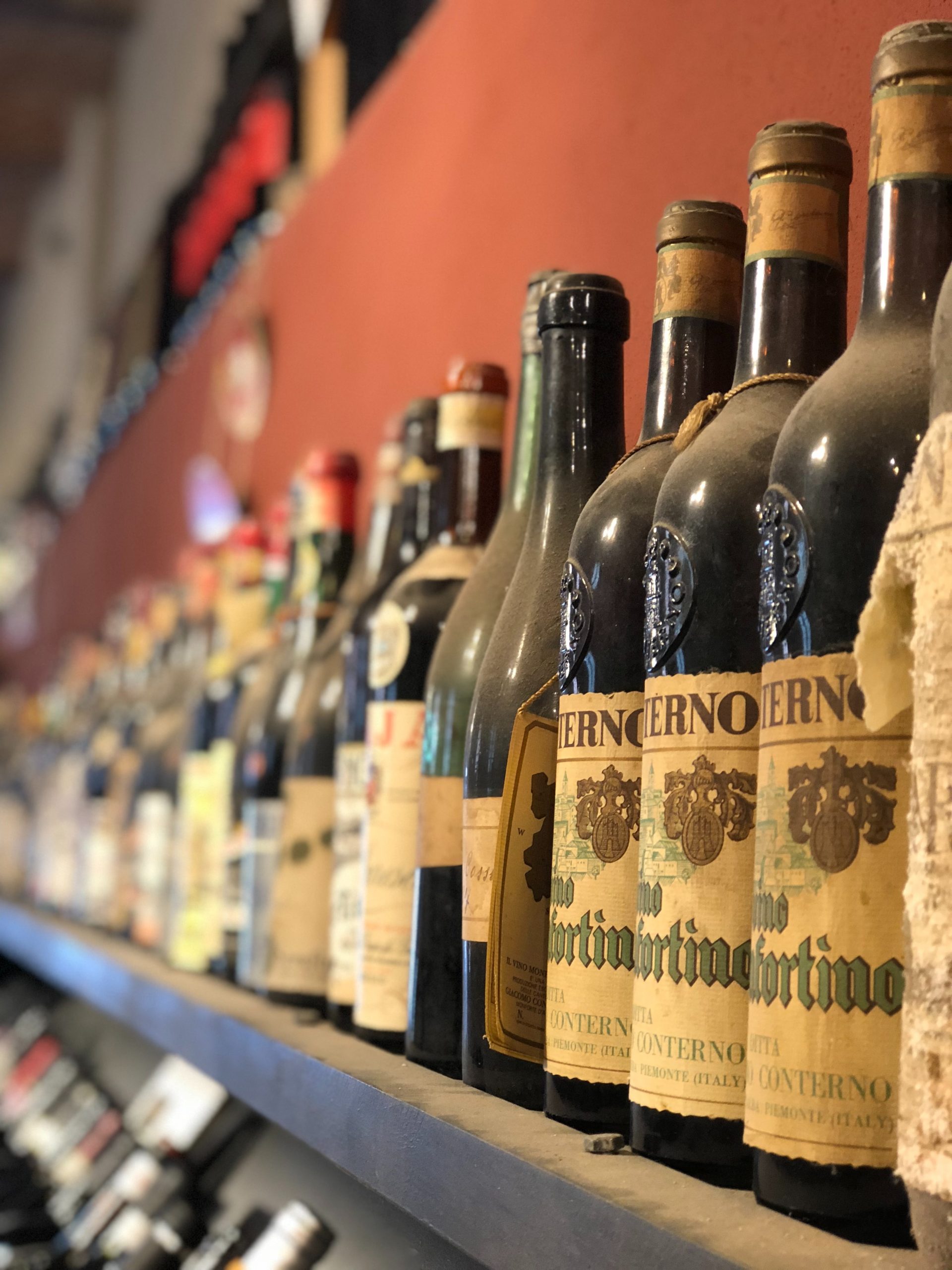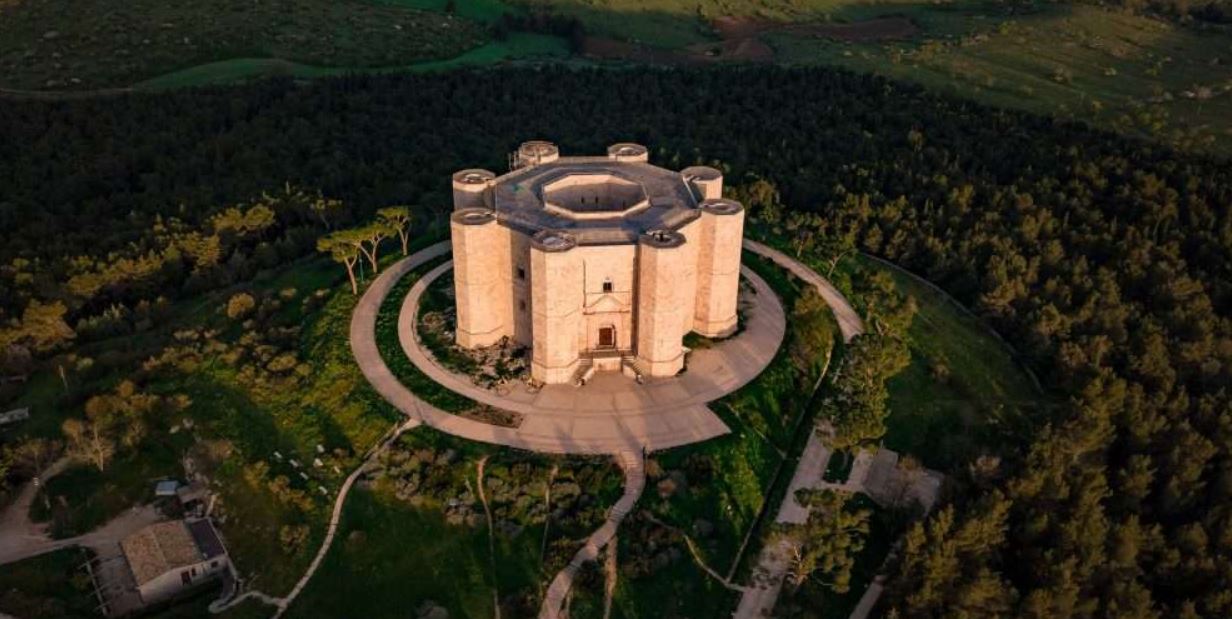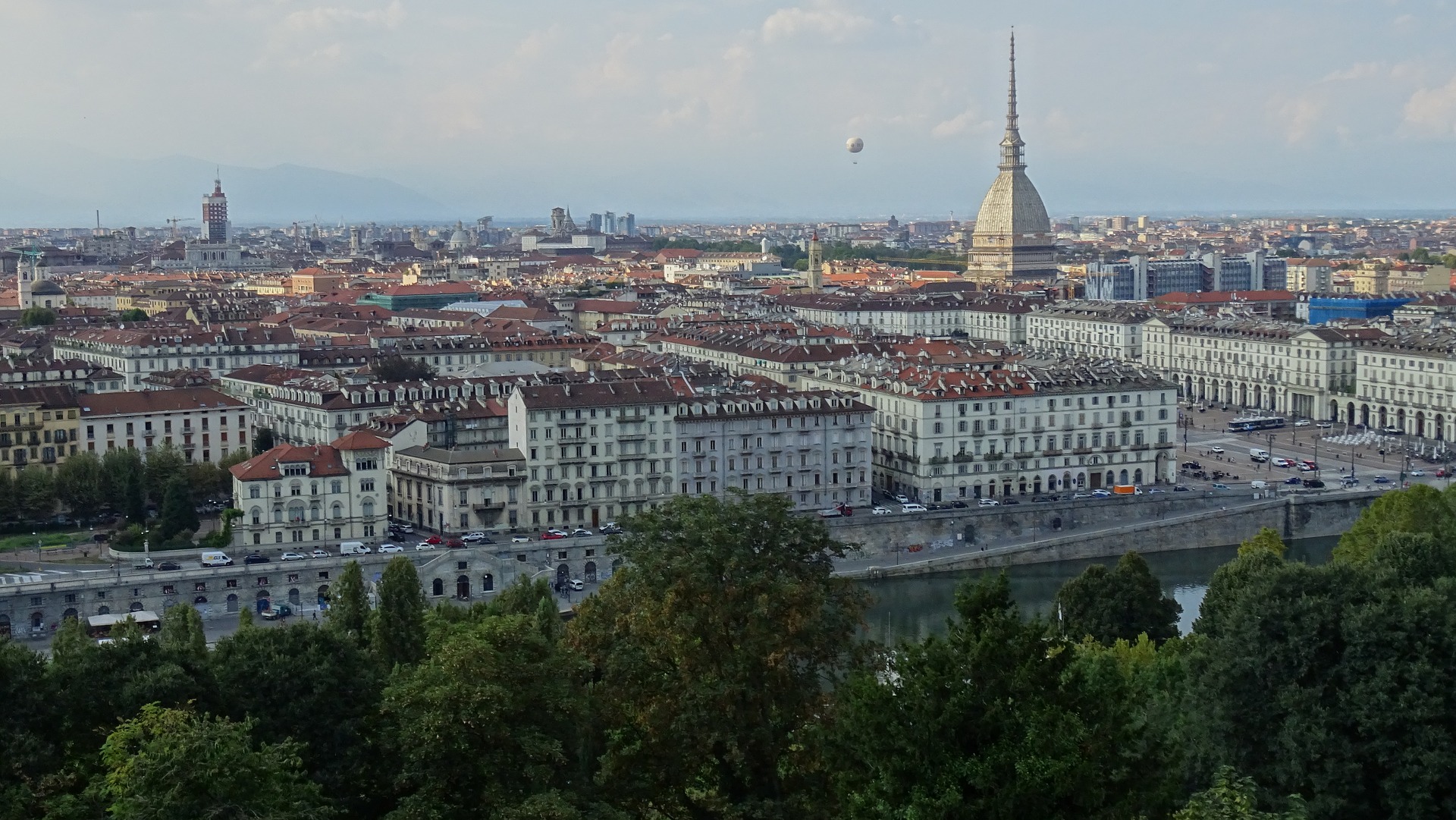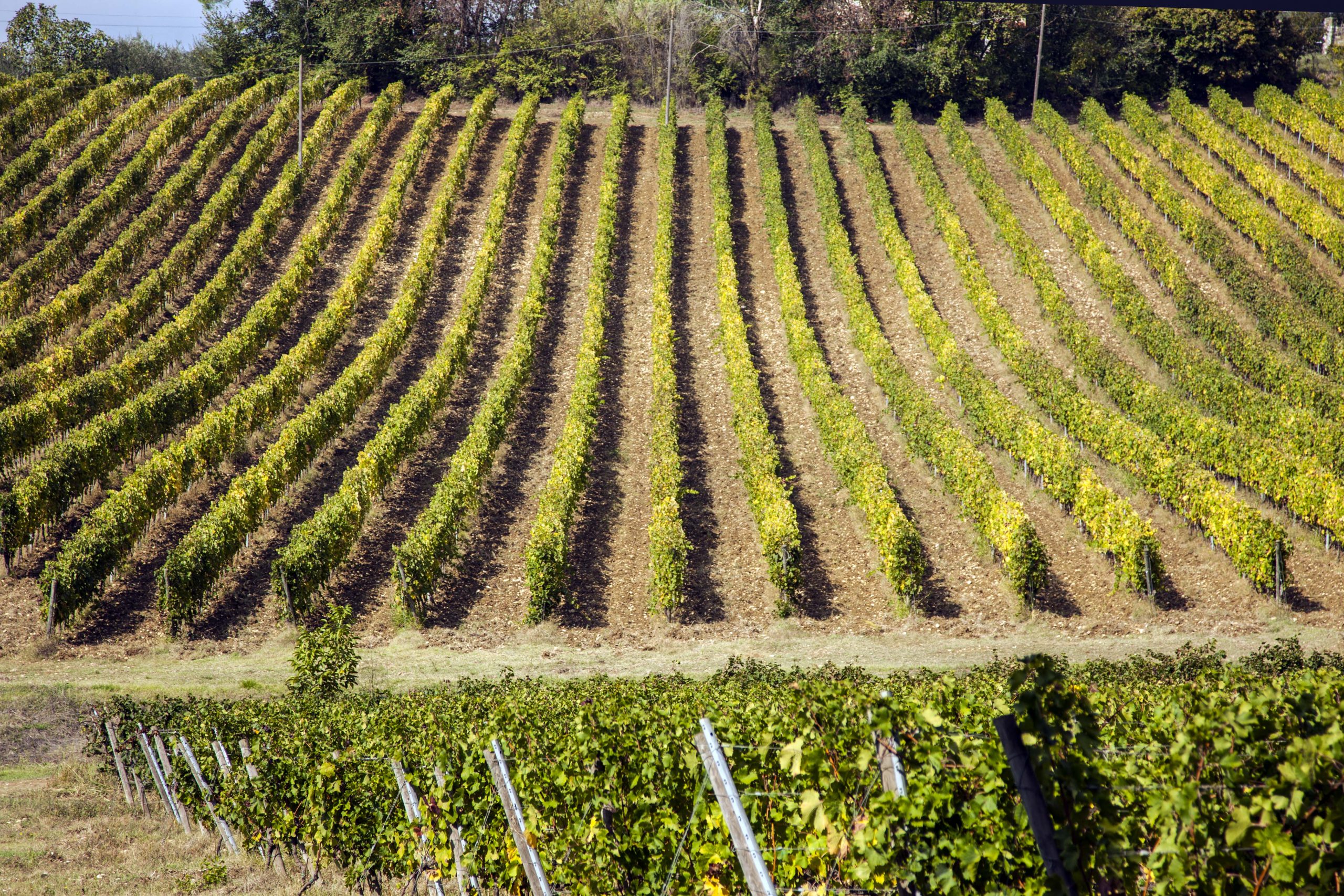Discover Alta Langa DOCG Wines, Piedmont’s vintage-only sparkling wine made from Chardonnay and Pinot Nero. Learn its history, terroir, tasting notes, producer highlights, and where to buy.
Table of Contents
What is Alta Langa DOCG?
Alta Langa DOCG is Piedmont’s answer to world-class sparkling wine—a Metodo Classico (traditional method) vintage-only fizz crafted from Chardonnay and Pinot Nero, grown in high-altitude vineyards above 250 meters. With its refined mousse, long lees aging, and terroir-driven complexity, Alta Langa has become a darling of sommeliers and wine lovers seeking an Italian sparkler that can stand alongside Champagne.
History and Origins
While sparkling winemaking in Piedmont dates back to the mid-19th century—thanks to pioneering houses like Gancia—Alta Langa as a modern DOCG is a relatively recent creation. Officially recognized as a DOC in 2002 and elevated to DOCG in 2011, it was born from decades of research into the best sites for high-quality Metodo Classico production.
Today, Alta Langa represents Piedmontese precision and patience, with all wines vintage-dated and crafted in limited quantities.
Where It’s Made: Geography & Terroir
The denomination spans the hills of Cuneo, Asti, and Alessandria, often overlapping with the famed Langhe wine region but at higher elevations—a key factor in preserving acidity and elegance. The soils here are predominantly marl and limestone, contributing to minerality, while the continental climate offers marked day-night temperature shifts, ensuring slow, even grape ripening.
The Grape (or Blend)
Alta Langa DOCG must be made from Chardonnay and/or Pinot Nero. While blends are common, some producers experiment with varietal expressions—100% Pinot Nero for power and structure, or 100% Chardonnay for finesse and citrus-driven elegance. Rosé versions, made by blending or saignée, are a growing category.
Winemaking & DOCG Regulations
- Metodo Classico only (second fermentation in bottle)
- Minimum 30 months aging on lees
- Vintage-dated (no non-vintage releases)
- Dosage levels range from Pas Dosé to Brut
- Production is limited to grapes grown within the DOCG boundaries and above 250m altitude
This combination of strict rules and challenging vineyard sites ensures every bottle reflects its origin.
Key Facts at a Glance – Alta Langa Wines
| Feature | Detail |
| DOCG Status | Since 2011 |
| Grape Varieties | Chardonnay, Pinot Nero |
| Style | Metodo Classico, vintage-only |
| Aging | Minimum 30 months on lees |
| Vineyard Altitude | 250–650m |
| Production Area | Cuneo, Asti, Alessandria |
| Notable Producers | Fontanafredda, Enrico Serafino, Cocchi, Gancia |
Tasting Notes
- Appearance: Fine, persistent perlage; pale gold or delicate salmon pink in rosé versions
- Aroma: White flowers, crisp apple, pear, lemon zest, brioche, and subtle hazelnut
- Palate: Elegant acidity, creamy texture, mineral backbone, long citrus finish
- Rosé Alta Langa: Adds wild strawberry, pomegranate, and floral lift
Serving & Pairing Alta Langa Wines
Serve well-chilled at 6–8°C in a tulip glass to capture its aromatics. Alta Langa is exceptionally versatile:
- Classic Pairings: Oysters, crudo di pesce, vitello tonnato
- Regional Matches: Castelmagno cheese, tajarin pasta with white truffle
- Rosé Pairings: Salmon tartare, duck breast with cherries
Where to Buy & Pricing
Alta Langa DOCG remains a niche but growing category, found in fine wine shops, Italian specialty retailers, and increasingly on restaurant wine lists.
- Price Range: €18–€40 (USD $20–$45) depending on vintage and producer
- International Availability: Search for export-focused producers like Enrico Serafino, Cocchi, and Contratto.
Alta Langa vs. Franciacorta vs. Champagne
| Feature | Alta Langa DOCG | Franciacorta DOCG | Champagne AOC |
| Origin | Piedmont | Lombardy | France |
| Grapes | Chardonnay, Pinot Nero | Chardonnay, Pinot Nero, Pinot Bianco | Chardonnay, Pinot Noir, Pinot Meunier |
| Vintage Requirement | 100% vintage | Mostly non-vintage | Mostly non-vintage |
| Minimum Lees Aging | 30 months | 18–60 months | 15–36+ months |
| Altitude | 250–650m | 200–500m | Sea level–300m |
Some noticeable producers of Alta Langa Wines
- Fontanafredda – Historic Barolo estate also making acclaimed Alta Langa Brut
- Enrico Serafino – Early adopter of the DOCG, known for Pas Dosé styles
- Cocchi – Famous for aromatized wines, now crafting elegant sparkling expressions
- Gancia – The pioneer of Italian Metodo Classico
Wine Tourism Tips
Combine an Alta Langa tasting tour with a visit to UNESCO-listed Langhe vineyards. Many producers offer cellar tours, with spring and autumn being ideal for wine tourism. Don’t miss “La Prima dell’Alta Langa”, the annual preview tasting held in rotating historic venues.
FAQ on Alta Langa DOCG
What makes Alta Langa DOCG different from Franciacorta?
Alta Langa is vintage-only, grown at higher altitudes, and with stricter lees aging requirements.
Is Alta Langa climate-resilient?
Yes—its higher altitudes and cooler nights help preserve acidity even in warmer years.
Where can I taste Alta Langa in Piedmont?
Look for tasting rooms in Cuneo, Asti, and Alessandria, often combined with Barolo or Barbaresco visits.
What food pairs best with Alta Langa Rosé?
Light charcuterie, salmon, or berry-based desserts.
Fun Facts & Cultural Notes
- Alta Langa’s earliest sparkling wines were made in the 1850s by Carlo Gancia, inspired by Champagne techniques.
- The DOCG has fewer than 60 producers, making it a boutique category compared to other Italian sparkling wines.
- Many vineyards here share slopes with hazelnut groves, tying wine to Piedmont’s other famous export—gianduja chocolate.
💬 Have you tasted Alta Langa DOCG? Share your tasting notes or favorite pairings with the Drink Italian community on instagram @drinkitalian_com —your story might inspire someone’s next sparkling discovery. Learn about the other wines from Piedmont.
Send us an e-mail if you are looking for more info at
cheers@drinkitalian.com
And, if you are in the mood for a good book, you can try:
– The Modern History of Italian Wine by Walter Filipputti
– Hidden Gems of Italy: An Insider’s Secret Formula To Find Top-Class Italian Wines At Value Prices And Taste La Dolce Vita by Tony Margiotta



